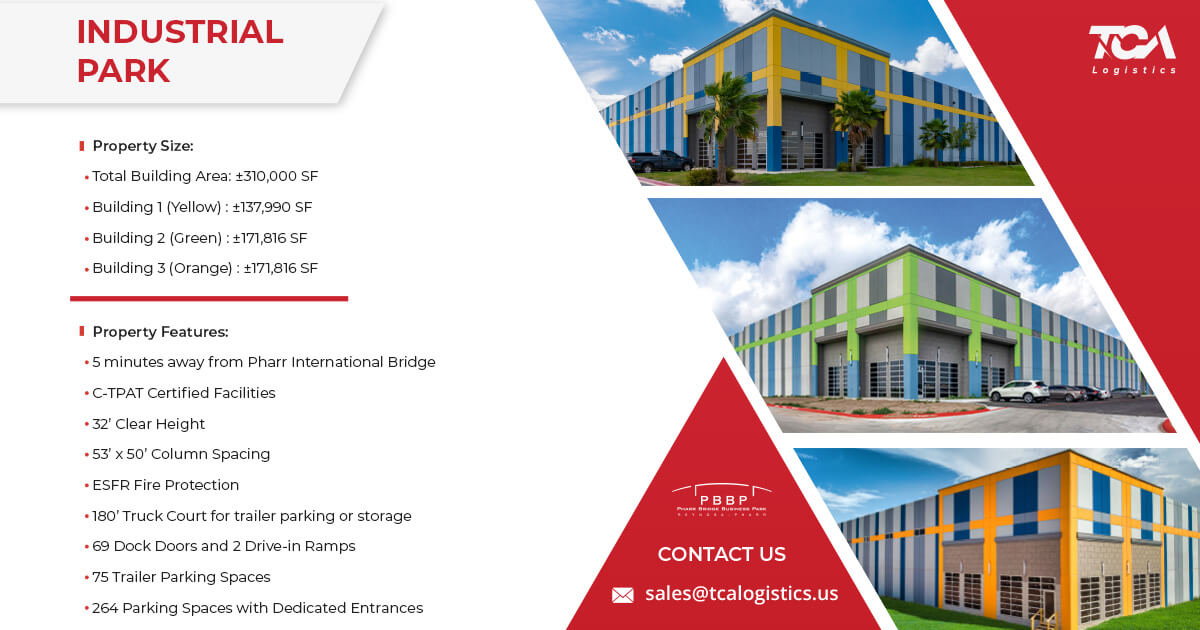By M. Ray Perryman

Texas Border Business

The COVID-19 pandemic and resulting restrictions needed to slow the spread of the virus have caused substantial harm to the economy. Even in the face of significant job losses and output declines, however, the underlying structure is generally sound and long-term prospects remain positive (though the next couple of years will be quite different than what we were expecting before the coronavirus). Looking beyond the immediate horizon, our latest long-term forecasts for job growth in the state’s metropolitan areas are on the whole encouraging. Let’s take a quick trip around the state.
The Dallas-Plano-Irving Metropolitan Division (MD) is expected to see the fastest job growth through 2045, with expected growth of 1.79% per year, representing a gain of over 1.6 million jobs. The Austin-Round Rock-Georgetown Metropolitan Statistical Area (MSA) is projected to expand at a 1.65% annual rate, generating over 590,000 net new jobs. Other MSAs predicted to advance by 1.5% or more (well above our current national forecast of 1.36% per year over the 2019-2045 period) are Tyler (1.57% annual growth), McAllen-Edinburg-Mission (1.52%), Brownsville-Harlingen (1.52%), Midland (1.52%), and Odessa (1.50%).
Both Houston-The Woodlands-Sugar Land and San Antonio-New Braunfels, two of the largest urban centers in the state, are projected to gain jobs at a 1.49% annual rate, leading to increases of over 1.5 million and almost 534,000 jobs, respectively. Fort Worth-Arlington-Grapevine employment is expected to expand by 1.47% per year, bringing a total increase of more than 501,000 jobs.
Notable gains are also likely in Sherman-Denison (up 1.46% per year), Laredo (1.44%), Lubbock (1.43%), and Corpus Christi (1.41%). Expansion of 1.3% or more is projected in El Paso, Abilene, Amarillo, Beaumont-Port Arthur, College Station-Bryan, Longview, San Angelo, Texarkana, and Waco. Healthy growth is also forecast for Killeen-Temple, Victoria, and Wichita Falls.
Our long-term projections indicate that through 2045, eight of every 10 net new Texas jobs will be created in one of the seven largest MSAs, with the Houston and Dallas areas alone accounting for half of the positions added. Smaller population centers are expected to generate another 14% of total Texas employment growth, with rural areas also making significant contributions to overall economic performance.
Once the health crisis is adequately managed, business activity can fully resume and the economic crisis will resolve. It will take a couple of years to get back on track and things will no doubt look a bit different, but we are projecting long-term job growth in metropolitan areas large and small, as well as rural communities. The national economy was performing well going into the pandemic and the current downturn was not caused by structural issues. Texas was doing even better, setting the stage for sustained growth in the decades to come. Stay safe!!












